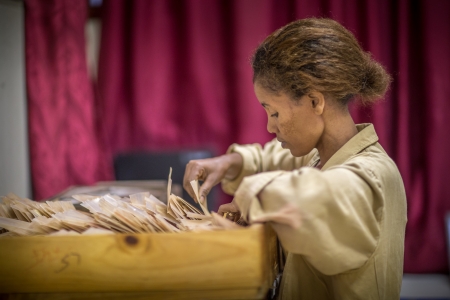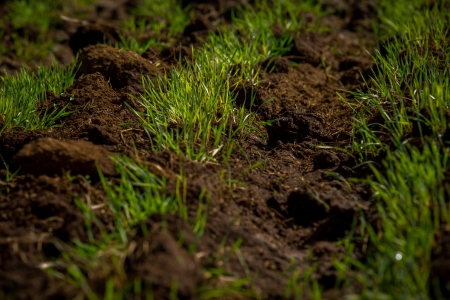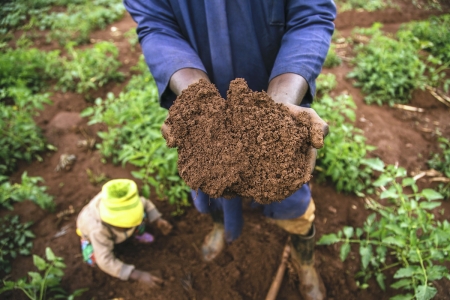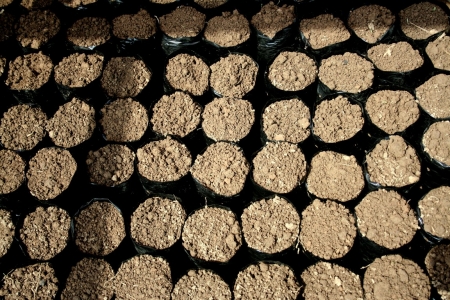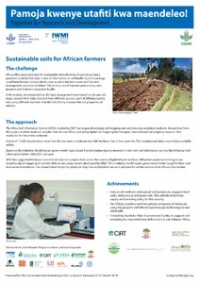This Saturday, December 5th, is World Soil Day -- a day to celebrate soil, the species that live there (more than a quarter of all species, in fact), and the underground dance of organisms and elements that sustains life on our planet.
The campaign for 2020 -- keep soil alive, protect soil biodiversity -- is about encouraging governments, organizations, communities and individuals to commit to proactively improving soil health.
But how healthy is our soil? To answer the call to action, we need to know just what is going on down there, across truly vast areas. While people -- certainly farmers -- have always recognized the importance of soil health, the present scale of land degradation calls for systematic landscape-level assessments, and that is no small task.
Signs of degradation and restoration
Early in the 2000s, World Agroforestry (ICRAF) recognized the need for a new methodology and began work on what became the Land Degradation Surveillance Framework (LDSF). This brings together physical and chemical analysis of the soil itself with above-ground indicators like vegetation cover, tree and shrub biodiversity, historic land use, and visible signs of degradation.
The LDSF provides a biophysical baseline understanding of soil and ecosystem health, at landscape level, and enables monitoring over time as soil either degrades or (ideally) recovers its health under rehabilitation efforts. National governments can, for example, use it to meet their commitments to the UN Decade on Ecosystem Restoration, the Bonn Challenge, and the African Landscape Restoration Initiative (AFR100).
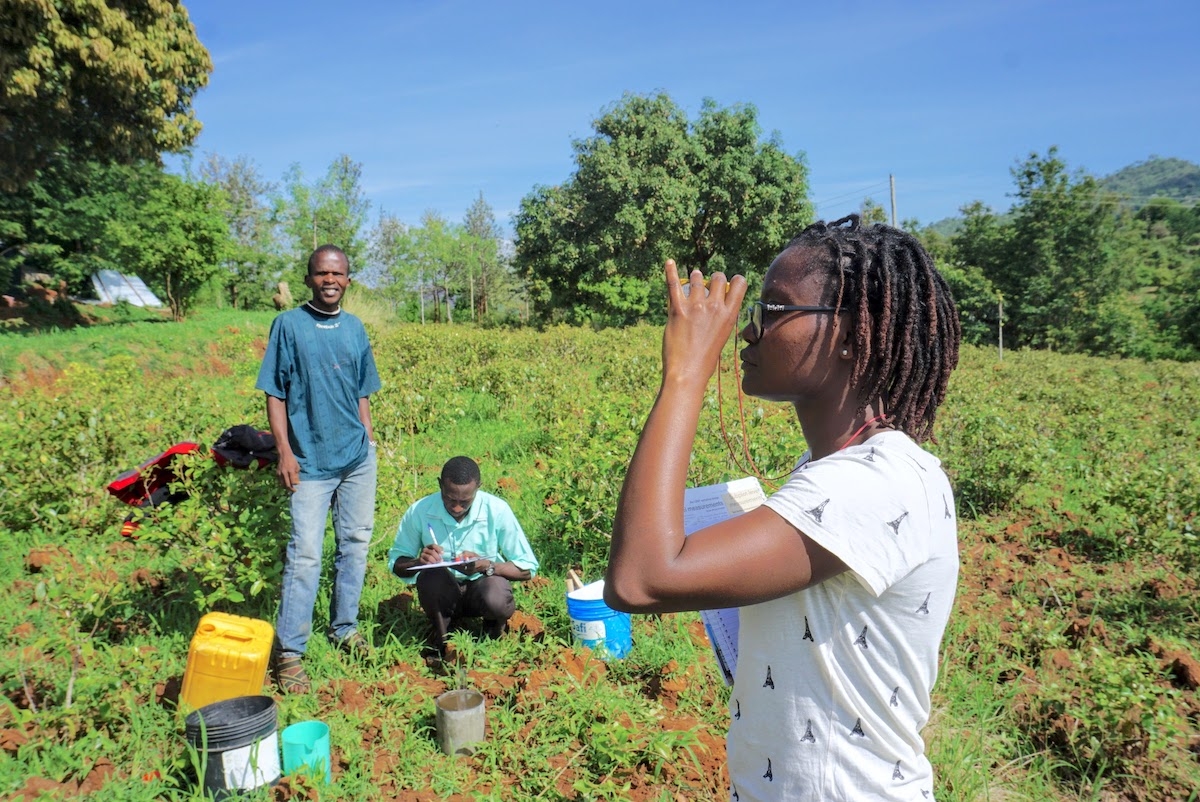
The LDSF can be used on any type of landscape, and has been across hundreds of them in the past 15 years, in more than 40 countries. In some cases the data have fed into the open-source Ecosystem Health Surveillance System (EcoHSS), where statistical modeling and machine learning methods are used to assess ecosystem health. This system also connects LDSF with models based on earth observation data.
Along with managing this system and associated open source databases, ICRAF also hosts a Soil--Plant Spectral Diagnostics Laboratory in Nairobi where technicians use light to measure the properties of soil samples. The result is the largest systematic, georeferenced library of soil spectral data ever assembled.
The framework at work in Chad and Kenya
Most recently, the CGIAR Research Program on Water, Land and Ecosystems (WLE) has supported the use of the LDSF in Chad and Kenya. Chad has been championing the health of soils and ecosystems with ICRAF since 2017, through the Project to Improve the Resilience of Agricultural Systems in Chad. Particularly in the country's Sahelian belt, where landscape resilience rests on fragile and rapidly eroding soil.
The LDSF was used to sample eight Sahelian sites of 100 km2 each, and soil samples were analyzed in Nairobi. Analysis revealed widespread risks of soil erosion and low soil organic carbon. This robust biophysical baseline will enable Chad to address root causes of degradation and prioritize areas for intervention, with help from the soil health and restoration potential maps now available on the Country's own geoportal.
In Kenya, the latest in a series of projects to employ the LDSF has brought ICRAF scientists together with the government of Makueni County to address the impacts of severe degradation and climate change on a more local level. A new, co-designed resource hub for the county will store data and maps for restoration use, including a land health module, stocked with baseline data generated through the LDSF.
The custom hub for Makueni County shows how purposefully the design of the LDSF is geared towards action, with the assessment plugging directly into a decision dashboard that will help steer soil health measures on the ground.
Soil at every scale
The framework's scalability, from national down to fine-grained action, is not just a strength but the basis of the whole methodology -- and an answer to how we can track the health of soil across whole landscapes and regions. The secret is in the sampling. LDSF is constructed around a hierarchical field survey and sampling protocol that uses sites of 10×10 kilometers, which can be sampled at random across a larger area or targeted out of special interest. Within each site, smaller random tiles are placed; within these, even smaller plots; and within these, four subplots, each only 10×10 meters. All these levels of randomization capture local differences and generate a representative sample of soil health variables across the landcape; and mean that every indicator can be collected at the appropriate scale to be reliable and useful.
The LDSF is, therefore, a significant approach for anyone seeking to act for soil health, whether on a single hillside or across a country. It is also a reflection of why soil matters to us all: because every patch of soil is a little bit different, but also part of a much larger landscape that makes life possible.
---
Thrive blog is a space for independent thought and aims to stimulate discussion among sustainable agriculture researchers and the public. Blogs are facilitated by the CGIAR Research Program on Water, Land and Ecosystems (WLE) but reflect the opinions and information of the authors only and not necessarily those of WLE and its donors or partners.
WLE and partners are supported by CGIAR Trust Fund Contributors, including: ACIAR, DGIS, FCDO, SDC, Sida and others.



